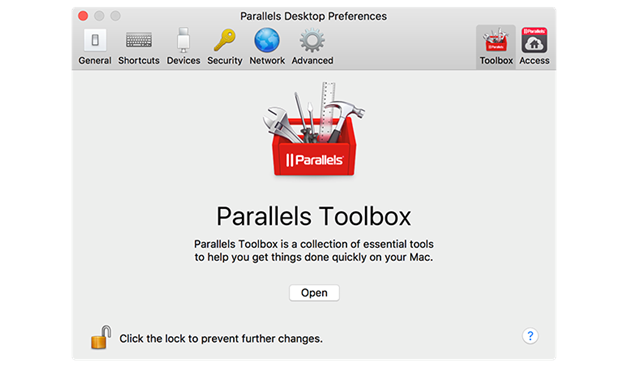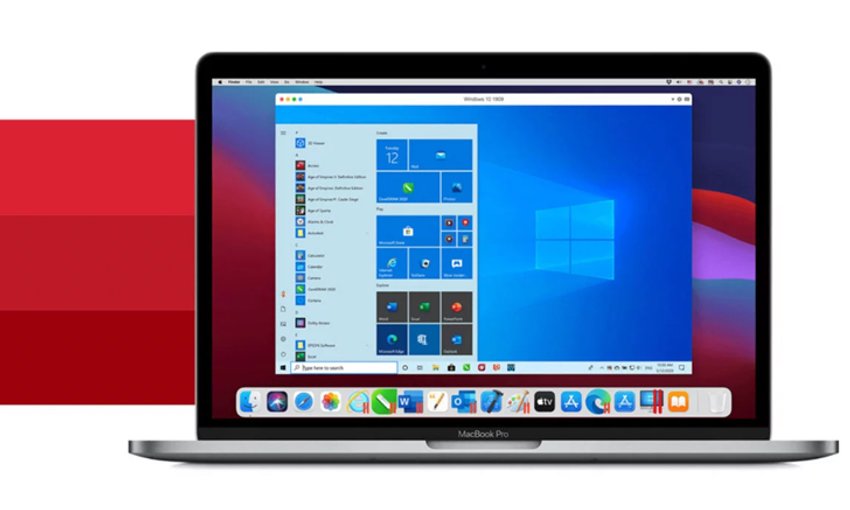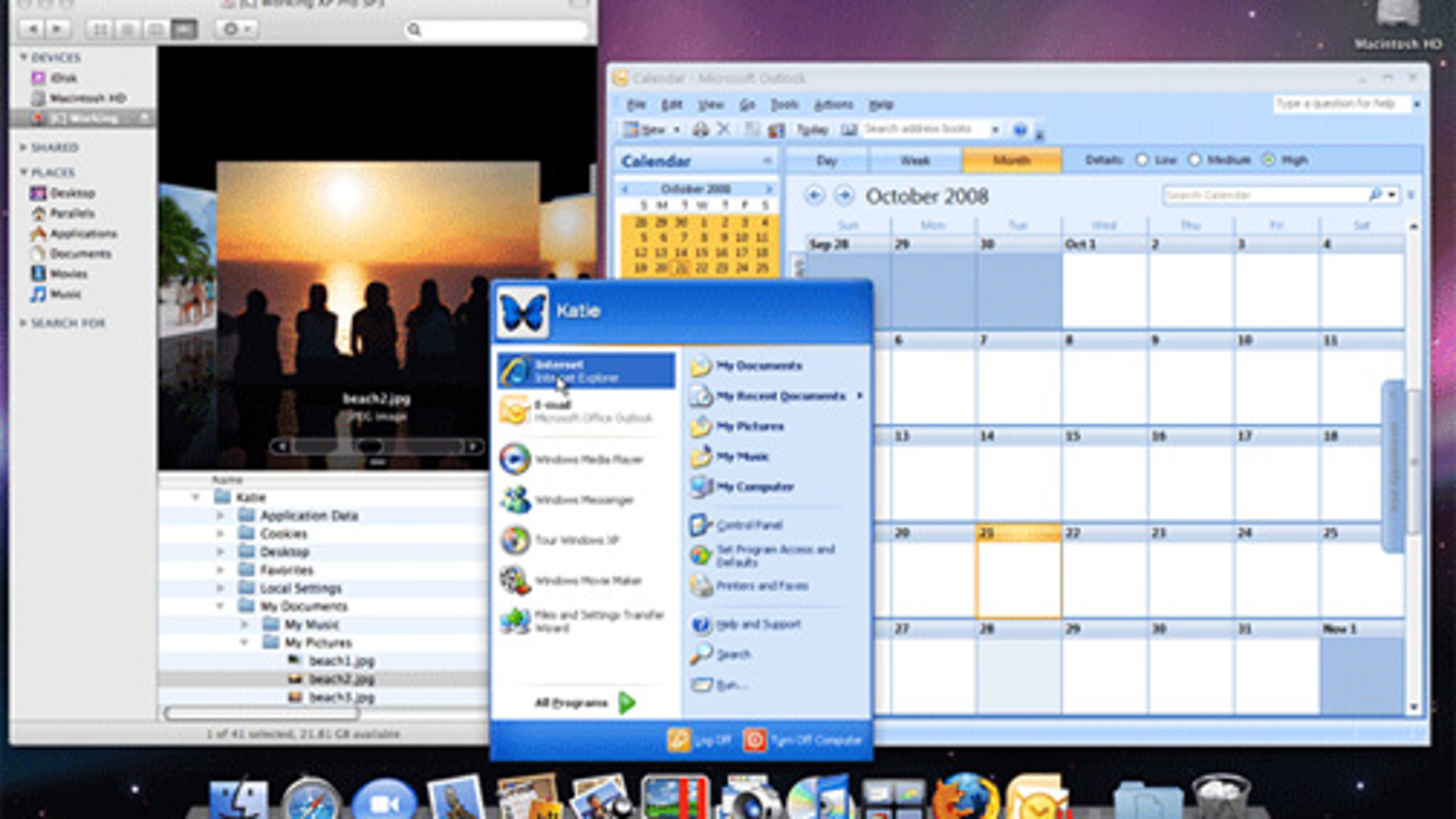

- #PARALLELS FOR MAC OR VMWARE INSTALL#
- #PARALLELS FOR MAC OR VMWARE DRIVERS#
- #PARALLELS FOR MAC OR VMWARE PRO#
In this release, both vendors have added auto-snapshots.


Both now also allow you to store multiple snapshots, although Parallels still has the advantage here in terms of user interface. Both packages make installing the guest tools easy for Windows users and doable for Linux users.īoth Fusion and Parallels have long had the ability to take snapshots of the state of the machine and undo any changes later. Much of the integrated experience, not to mention the nice features - such as being able to resize the screen and cut and paste between the guest and your Mac - depend on them.
#PARALLELS FOR MAC OR VMWARE DRIVERS#
These tools are a set of device drivers that let the guest operating system talk to the virtualized hardware presented by the hypervisor.
#PARALLELS FOR MAC OR VMWARE INSTALL#
Whether you choose Fusion or Parallels, you won't have a seamless dual-operating-system experience unless you install the guest tools in the guest system. Parallels and Fusion both offer Word 2007 on the "Open with. Both environments provide a way to get to applications on the guest (the virtual machine) from the Mac desktop. You'll also need plenty of disk space, since each virtual guest machine you create takes multiple gigabytes of disk space.īecause the integrated experience is an important selling point of Fusion and Parallels, I wrote this review with both Office 2007 on Windows and Office 2008 on the Mac using a single document and shared folders, using both Parallels and Fusion. I have 4GB of memory - abundant RAM is a must-have for a good experience with either product.

#PARALLELS FOR MAC OR VMWARE PRO#
I tested both packages on my MacBook Pro (2.4GHz Intel Core 2 Duo running OS X 10.5.5). (See related story: Parallels' iPhone app and Fusion's vmrun portend new ways to control virtual machines.) Fusion sports a completely redesigned, Cocoa-native interface and preference pane that makes it a more natural fit in the Mac environment. Parallels now supports SMP (symmetric multiprocessing) and 64-bit operating systems. The biggest change in these platforms since my last review is that both vendors have filled in glaring holes. That said, there are differences between them and, depending on your exact needs, you might find one a better choice than the other. Both systems offer easy Windows install, and both support even the most taxing Windows applications with aplomb. The most important thing about both of these products is what hasn't changed: Pick either one, and you'll get a solid performer that lets you run Windows or Linux on your Mac. They provide what's called a hypervisor, which can host multiple guest operating systems running at the same time. Both Fusion, now in Version 2.0.1, and Parallels, in Version 4.0, allow you to run another operating system - Windows, Linux and others - on your Mac as a guest of OS X. Since then, both products have undergone major revisions, so I thought I'd see how this horse race is coming along. A little more than a year ago, I reviewed VMware's Fusion 1.0 and Parallels Desktop 3.0 to see how they stacked up.


 0 kommentar(er)
0 kommentar(er)
